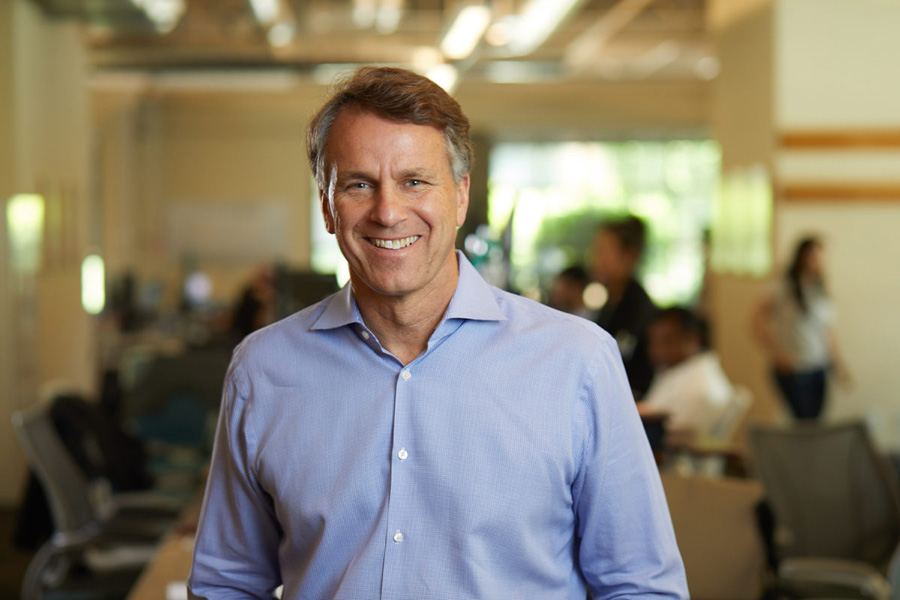The COVID-19 pandemic has forced a massive shift in the health care industry and how patients interact with providers.
Only a quarter of health care organizations had a virtual care program in place in January, according to Forrester. Surely, that number has risen in the three months since.
Regular visits to the doctor are down significantly across every major specialty and region. Usage of telehealth and remote care monitoring are up significantly (90 percent of physicians are seeing patients remotely, according to one study). Two areas that are particularly needed for the quarantine-induced digital health revolution are chronic care management and behavioral health. The researchers from Forrester, in fact, predict 80 million virtual visits in 2020 alone will be related to mental health needs.
This week, digital health company Livongo revealed that it has seen a 100 percent year-over-year increase in members enrolled in its diabetes management program, with most of that coming in the last few months. Livongo had 222,000 members enrolled at the end of 2019 and accumulated 328,000 at the end of March. The company increased its client total by 44% in the first quarter of 2020 alone.
Health Evolution spoke with Tullman about the impact of COVID-19 on digital health adoption and Livongo in particular, how CEOs can rapidly shift their mentality to digital health-first and more. Below are excerpts from the interview.
What conversations are you having with CEOs of providers and payers as they shift to digital thanks to COVID-19?
You can’t start without talking about the amazing job that our first line of defense has done. That’s where a lot of my conversations with CEOs start. From there, they go into an interesting place. Livongo has found itself in a critical area of caring for the most vulnerable and expensive parts of our health care system. People with chronic conditions like diabetes, hypertension, mental health challenges, weight issues. The CDC report says that 78% of people in ICUs today have either a pre-existing or chronic condition. Over 90% of all the deaths are people with those conditions. If you understand what Livongo does, empowering people with chronic conditions to live better and healthier lives by giving them technology that allows them to stay home, then you understand how critical what we do has become to this whole crisis.
See also: The Health Evolution CEO Guide to Artificial Intelligence in Health Care
People are starting to understand that a hospital, the ER, even a doctor’s office is a dangerous place to go if you have a chronic condition. There’s this new realization that says “if you have a chronic condition, stay away from the hospital.” What we’ve seen, whether it’s large payers, PBMs, large employers, they’ve all come to us and asked us, “How do we keep our population of people with chronic conditions healthy and out of the hospital?” And then they want to ask us how they can manage costs. We’re seeing an acceleration in our business, even in the most challenged industries. They may have a reduction in workforce, but for their remaining employees they want to keep them healthy and they have to do it cost effectively.
When it comes to chronic care management digital health solutions, what opportunities do you foresee coming out of this pandemic?
I don’t think there is any question that the market has already voted on this. We hear health system after health system, employer after employer say, “We’re not going back. We’ve now tasted what telehealth looks like. We’ve tasted what remote care looks like.” I think it’s clear when you talk to the experts that remote monitoring is the new standard of care. Those changes are permanent, just like if you look at other areas of the economy are getting used to [this new normal]. Someone recently told me they had 48 bottles of water delivered and said, “Why would I ever carry those home again when Amazon will deliver it right to my door?” Just like you’re going to see an accelerated use of digital commerce, you’re going to see an aggressive expansion of digital health.











